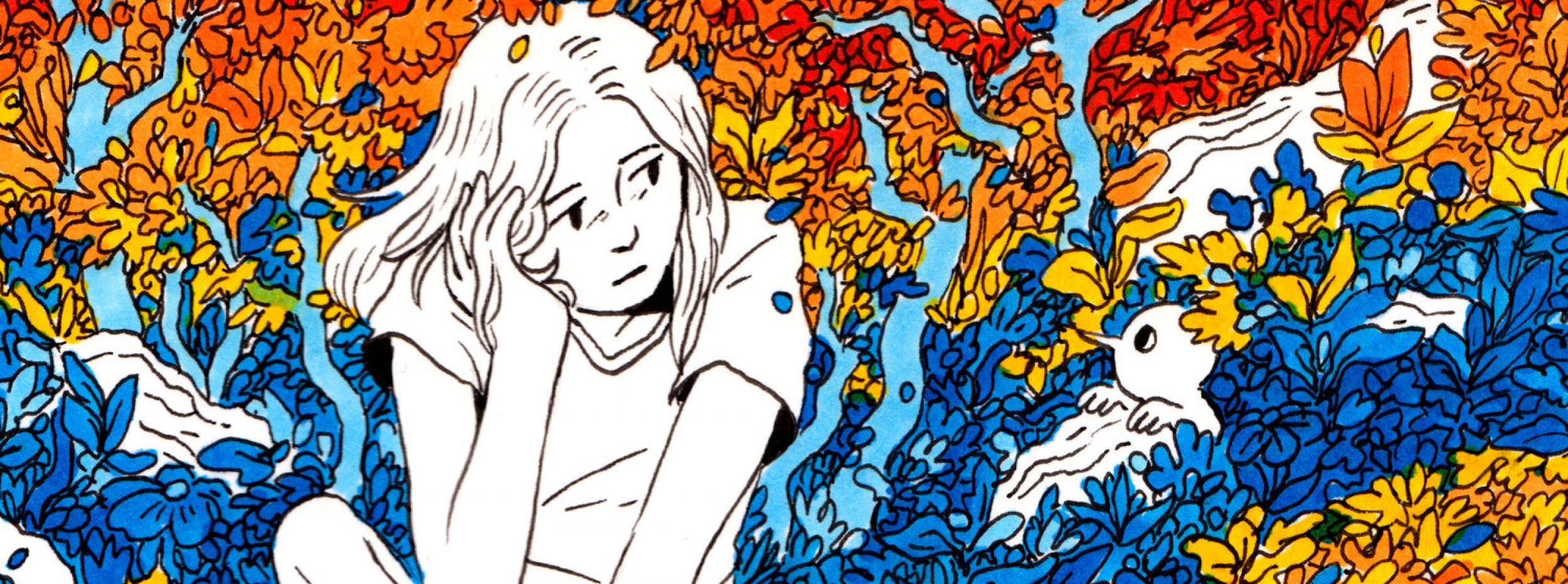Tracing Stitches and Spinning: Reflection
Once you have completed your Tracing project and published the pages to your site, you need to publish a reflection post as well. The post serves to turn the project in when it syndicates to the class site, and is also an opportunity for you to explain your process in the work you just completed.
Your reflection post should link to the main page for your project and also to the assignment prompt. Tell us in the post what the thesis of your essay is and give a one or two sentence preview of your argument.
You should also address the following questions:
- Before writing your essay, you went through a pretty involved process of tracing and annotating two pages from the books. Briefly explain what that process was like for you — probably this was very different from most other writing you’ve done, so try to explain what was useful about the process for you. What productive thoughts or analysis occurred through the act of tracing and annotating?
- For this assignment, I asked you to be very conscious of writing an inductive essay with your thesis at the end, which is probably a pretty foreign way to structure an essay for you. How did your writing process change to address this assignment?
- This assignment is a close reading exercise focused on identifying aspects of the “secret language of comics,” the series of choices the authors make in crafting comics that probably pass by many readers with little or no conscious notice. Do you feel that this assignment helped you to get in on this secret language? Do you understand Stitches and Spinning better after having written this project? What’s the single biggest insight you gained about the two books during the process of tracing, annotating, and analyzing these pages (maybe something you “knew” on some level before you started but that you really get now, or maybe something you hadn’t really noticed until you worked on the project)?















































